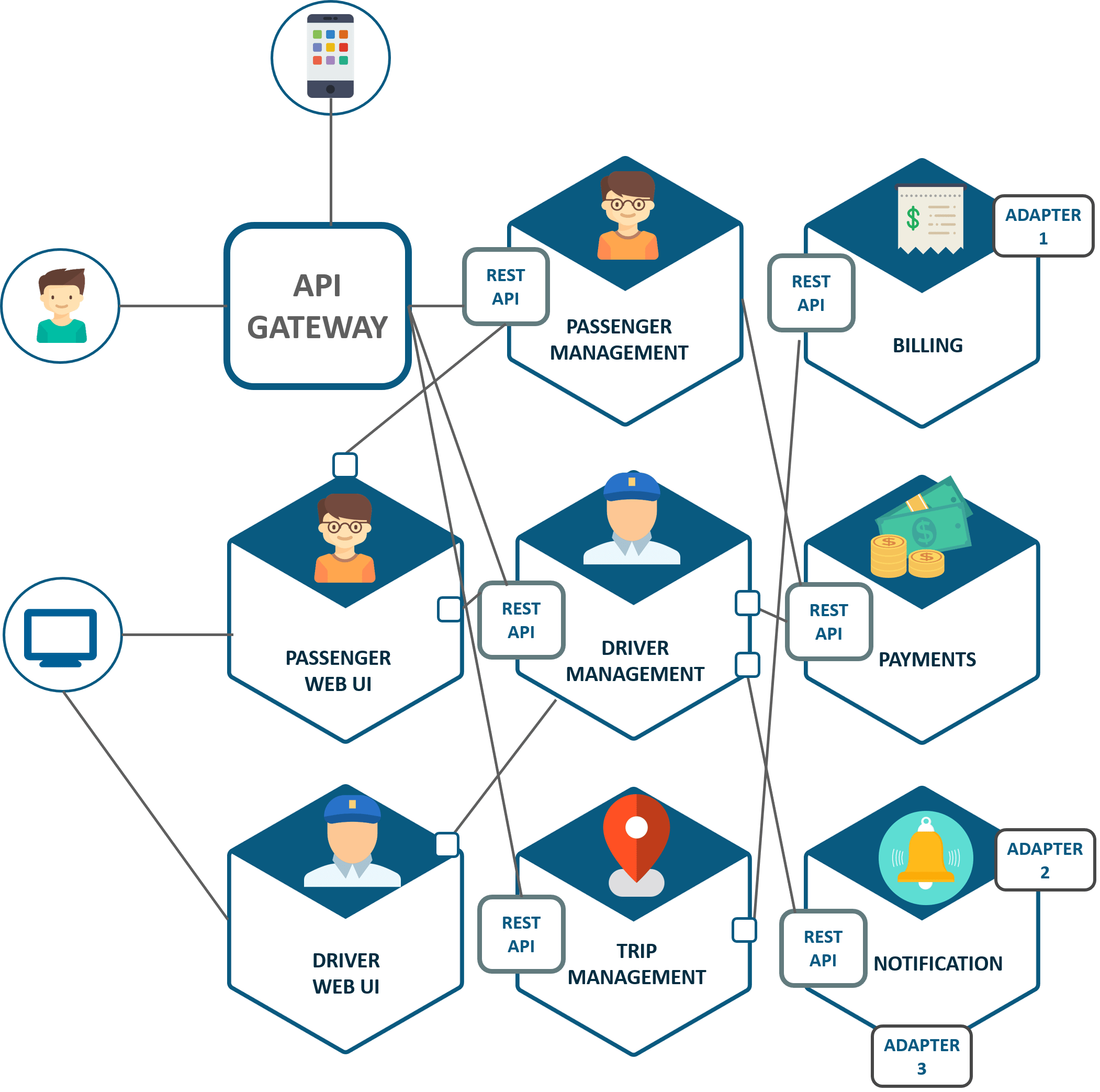Source:- forbes.com Microservices architectures (MSA) break down domain-level problems into independent modular capacities so they become easier to manage and deploy, which is great for many situations. When that system is organized around events — an event-driven microservices architecture (EDM) — you are streamlining microservices into event-defined clusters, which then function faster and with improved Read More
Tag: Microservices
Upgrade & Secure Your Future with DevOps, SRE, DevSecOps, MLOps!
We spend hours on Instagram and YouTube and waste money on coffee and fast food, but won’t spend 30 minutes a day learning skills to boost our careers.
Master in DevOps, SRE, DevSecOps & MLOps!
Learn from Guru Rajesh Kumar and double your salary in just one year.
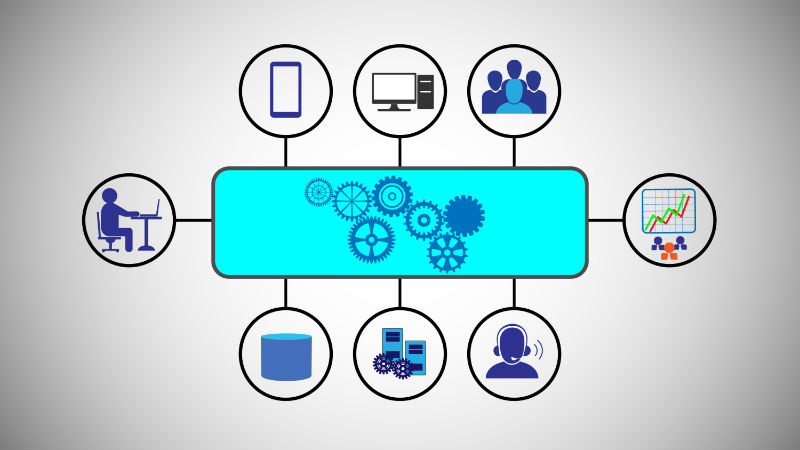
Source:- itproportal.com Microservices – a legitimate trend or just hype? Undoubtedly microservices are part of a legitimate trend, they are a specific instance of a more general trend towards making IT systems more modular and independent. As a consequence of modularisation, there is also a desire within IT to miniaturise components – in essence, building applications Read More
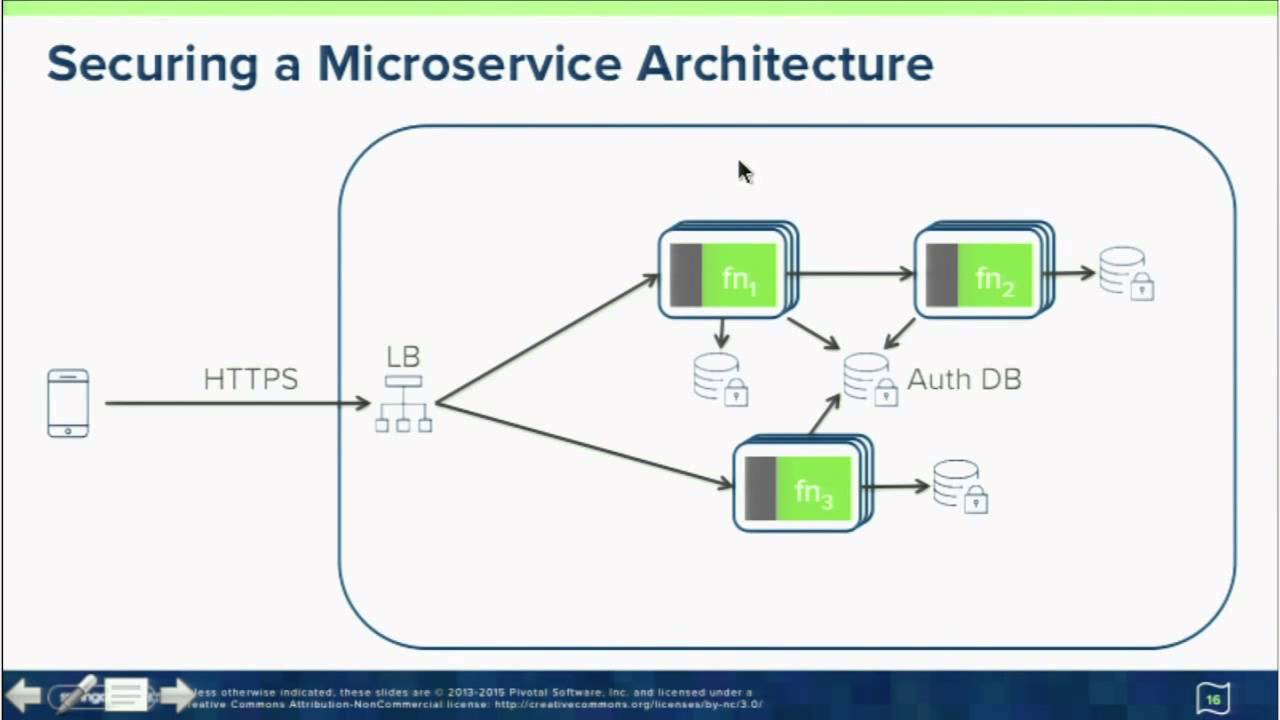
Source:-cmswire.com In an ideal world, cybersecurity would take care of itself. But even with microservices, a contemporary architecture type with significant advantages over monolithic architectures, security remains an issue. In fact, some security issues are actually harder to resolve in a microservices architecture. While this topic is open to debate, CMSWire has spoken to industry experts Read More
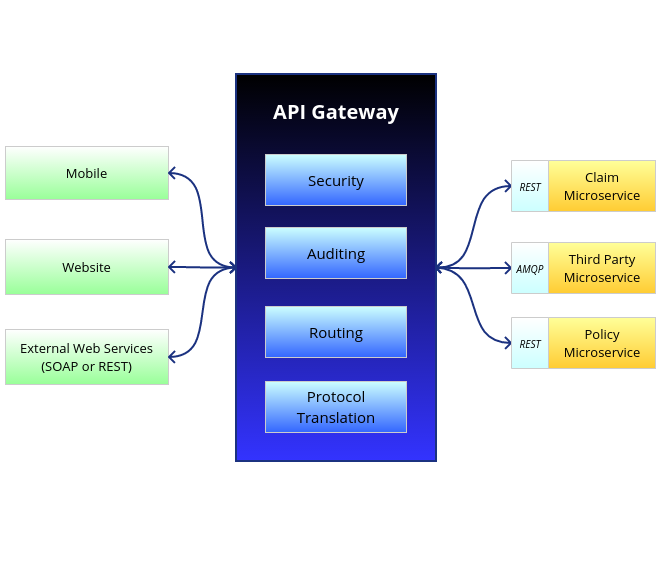
Source:- searchmicroservices.techtarget.com APIs help run the world. They allow software applications and digital platforms to interact with each other, orchestrating the exchange of requests between apps that have their own architectures. And, when properly managed, APIs ensure a neat, simplified experience for developers. The challenge is to be sure proper API management is entrenched in your Read More

Source- computerweekly.com The history of computing is punctuated by a set of seismic shifts in enterprise IT architectures. Monolithic, highly integrated applications moved to integrated software stacks and N-tier architectures. Distributed computing has also gone through several incarnations. There have been multiple attempts at standardising inter-application communications, such as remote procedure calls on Unix, distributed object Read More

Source- vanillaplus.com The inclusion of open APIs, open source and virtualisation has become a de facto standard within the software community. For CSPs, who are desperately trying to transform into digital service providers and achieve web-scale success, this can’t have come soon enough. In order to become digital service providers, CSPs need to run their businesses Read More

Source – techtarget.com Despite having brought forth a revolution in application design and deployment, microservices can create profound, even critical, security and compliance problems. To meet microservices-based development and deployment goals, you are often required to step into new areas of application design, including areas that defeat many of the traditional mechanisms for securing applications. Just as Read More

Source – vanillaplus.com Telecoms operators, by tradition, are not seen as fast-moving businesses. They are always striving to be agile, but their reliance on legacy systems – coupled with their dysfunctional, locked-in relationships with legacy vendors – has created a slow-moving animal, often at odds with the pace of the Internet generation. Indeed, when operators talk Read More

Source – techtarget.com Chaos engineering helps enterprises expect the unexpected and reasonably predict how microservices will perform in production. One education SaaS provider embraced the chaos for its microservices deployment, but it didn’t jump in blindly. San Francisco-based Remind, which makes a communication tool for educators, school administrators, parents and students, faced a predictability problem with Read More

Source – rcrwireless.com Global container market to hit $706.2 million by 2022 The global container monitoring market is expected to swell from $169.6 million in 2017 to $706.2 million by 2022, at a compound annual growth rate (CAGR) of 33%, according to a report published by ResearchandMarkets. Containers are a lightweight form of virtualization that has Read More

Source – techtarget.com Technology obsolescence and technical debt in enterprise IT have become so common that application modernization is a continuous activity. To modernize legacy applications, most businesses today are keen to move those apps to the cloud and often rework them into various cloud services. Cloud-based app modernization facilitates a move from tightly coupled to loosely coupled Read More

Source – formtek.com Microservices is an architectural style that builds applications from a collection of loosely coupled services. The protocols used are lightweight and the services are very fine grained. Each service stands on its own, and as such, makes development, testing, and refactoring of applications easier. Because each service is independent, microservices enable application Read More

Source – newscaststudio.com When it comes to virtualizing media workflows, microservices has become quite the buzzword in the media and entertainment industry – just like IP technology, cloud computing and software-defined networking before it. But what are microservices, and why are they so important to the future of the broadcast industry? In the simplest terms, microservices Read More

Source – techtarget.com What is Helm, and what is a Helm Chart? Helm is the package manager for Kubernetes — in other words, it is used to help you manage Kubernetes applications. Helm Charts allow you to define, install and configure your Kubernetes application. Kubernetes is an open source system, which allows you to automate, deploy, Read More
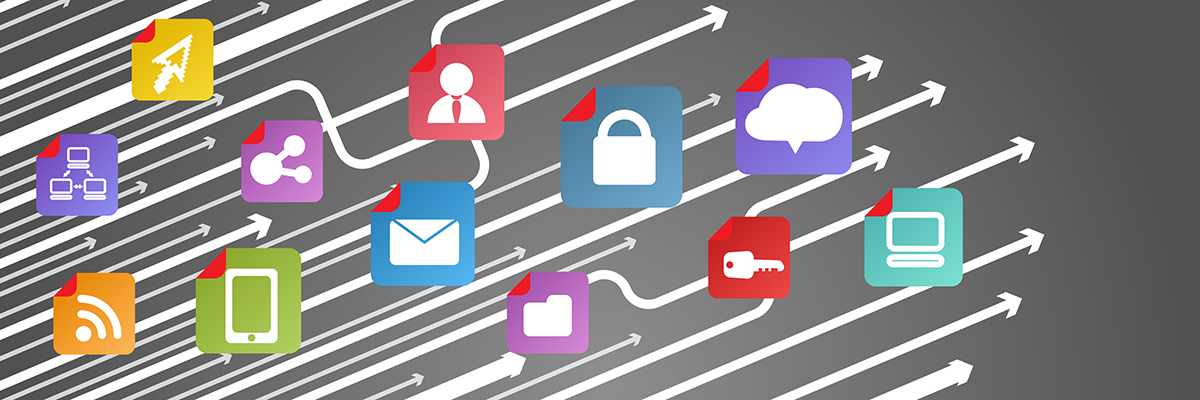
Source – searchmicroservices.techtarget.com Considering the time, cost and effort of building their own integrated development platform, many organizations — especially small to medium-sized organizations — turn to PaaS over an IaaS approach. Platform as a service will provide a microservices development team with everything it needs to get an application rolling, including a prebuilt, fully provisioned Read More

Source – techtarget.com For the average worker, particularly the mobile worker, both the complexity of tools and the need for consultation with experts make it difficult to realize productivity improvement through analytics. However, microservices may hold the key to solving this problem. Since applications are being driven to microservice form by increased needs for context-sensitive work Read More
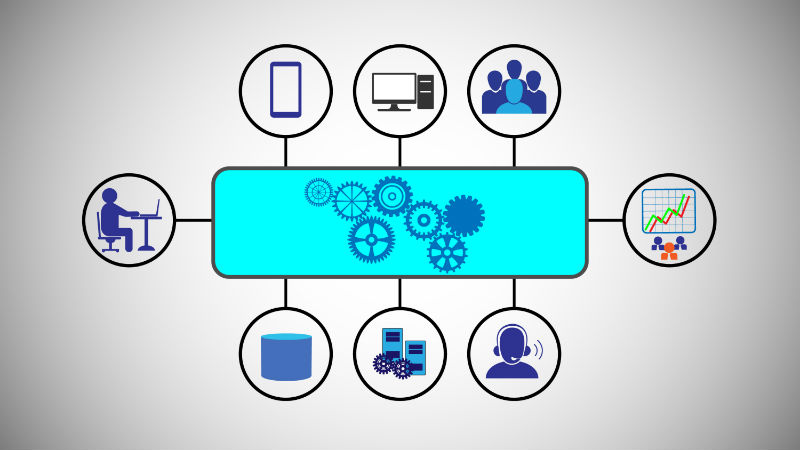
Source – itproportal.com In the world of microservices, the goal is to have a small piece of software that performs a well-defined set of tasks. Microservices are software applications that are self-contained. They are small, independently deployable modular services that run a unique process and communicate through a well-defined, lightweight mechanism to serve a specific goal. Read More

Source – opensource.com I struggled with writing the title for this post, and I worry that it comes across as clickbait. If you’ve come to read this because it looked like clickbait, then sorry.1 I hope you’ll stay anyway: there are lots of fascinating2 points and many3 footnotes. What I didn’t mean to suggest is that microservices cause security problems—though like any component, Read More

Source – ca.com Debunking misconceptions about microservice architecture helps us understand the business value of microservices. Much has been said recently about how digital “unicorns” owe much of their ability to deliver, iterate, pivot and scale to microservice architectures built using containers and APIs. This, in turn, has led to some backlash, with sceptics questioning the Read More

Source – techtarget.com What can go wrong when a business is migrating to microservices? Plenty. Microservices implementations often derail due to poor planning and lack of self-evaluation, said digital transformation expert Eric Roch. And that preparation is just stage one. Implementing microservices calls for new methods of rewarding DevOps and business teams and handling technical areas, like change Read More

Source – jaxenter.com Over the past decade, web-scale companies have shown a dramatic commitment to containers. In 2006, Google paved the way for this technological innovation, as engineers Paul Manage and Rohit Seith defined and implemented software containers. Almost a decade on, the tech giant released Kubernetes – an open source version of the solution that Read More

Source – techtarget.com Akshay Aggarwal: From going from a … monolithic design paradigm to a more distributed microservices design paradigm, the transition that we are seeing is driven by business efficiencies, economies of scale, as well as trying to make things simpler by reusing functionality across different applications. What that does to security is it simplifies Read More

Source – computerweekly.com More than just a technology buzzword, microservices are changing the way organisations develop software, according to the technology head honcho at SAP Hybris. Speaking to Computer Weekly on the sidelines of a recent company event, Moritz Zimmermann, chief technology officer of SAP Hybris, said unless organisations move from a “centralised command and control” way of Read More

Source – opensource.com Microservices have been a focus across the open source world for several years now. Although open source technologies such as Docker, Kubernetes, Prometheus, and Swarm make it easier than ever for organizations to adopt microservice architectures, getting your team on the same page about microservices remains a difficult challenge. For a profession that Read More

Source – theregister.co.uk Microservices aren’t a new concept to Java – their forerunner was Service Oriented Architectures (SOA), which could be constructed, among other means, with the assistance of Enterprise JavaBeans (EJBs). The fundamental concept behind microservices is applications should be broken down into small services that can be arbitrarily scaled independently of one another. Think Read More

Source – risingstack.com Monitoring gives us observability in our system and helps us to discover, understand, and address issues to minimize their impact on the business. It’s clear then, why you should aim for the best solutions out there; especially when you build a microservices architecture that has brought up new challenges in regards to observability. Read More

Source – news.sys-con.com IDC estimates 60% of worldwide enterprises are migrating existing applications to the cloud. With the promise of greater flexibility, a reduction in overhead, and the potential for significant cost savings, it’s a logical decision. But instead of performing a “lift and shift,” – simply moving an existing application to a cloud platform – many Read More

Source – digitalistmag.com Long gone are the days when customer service meant investing in a telephone system, hiring a team of contact center agents, and sitting by the phone waiting for the customer to call. The motto used to be, “If the customer is unhappy, they will call us.” Now it’s “What can we do today Read More

Source – ibm.com We’ve had a very good run for the last 20 years or so with distributed systems development in the enterprise, but time has started to show some of the downsides of traditional development styles. First of all, distributed systems have grown enormous – it’s very common to see corporate websites for retailing or Read More

Source – techtarget.com Cloud services have transformed IT infrastructure, but the most recent trends in cloud computing signal a more fundamental shift that’s reshaping jobs. Newer cloud services and application design principals — such as microservices, serverless computing and function as a service — have important implications for both IT operations staff and developers. However, understanding Read More
